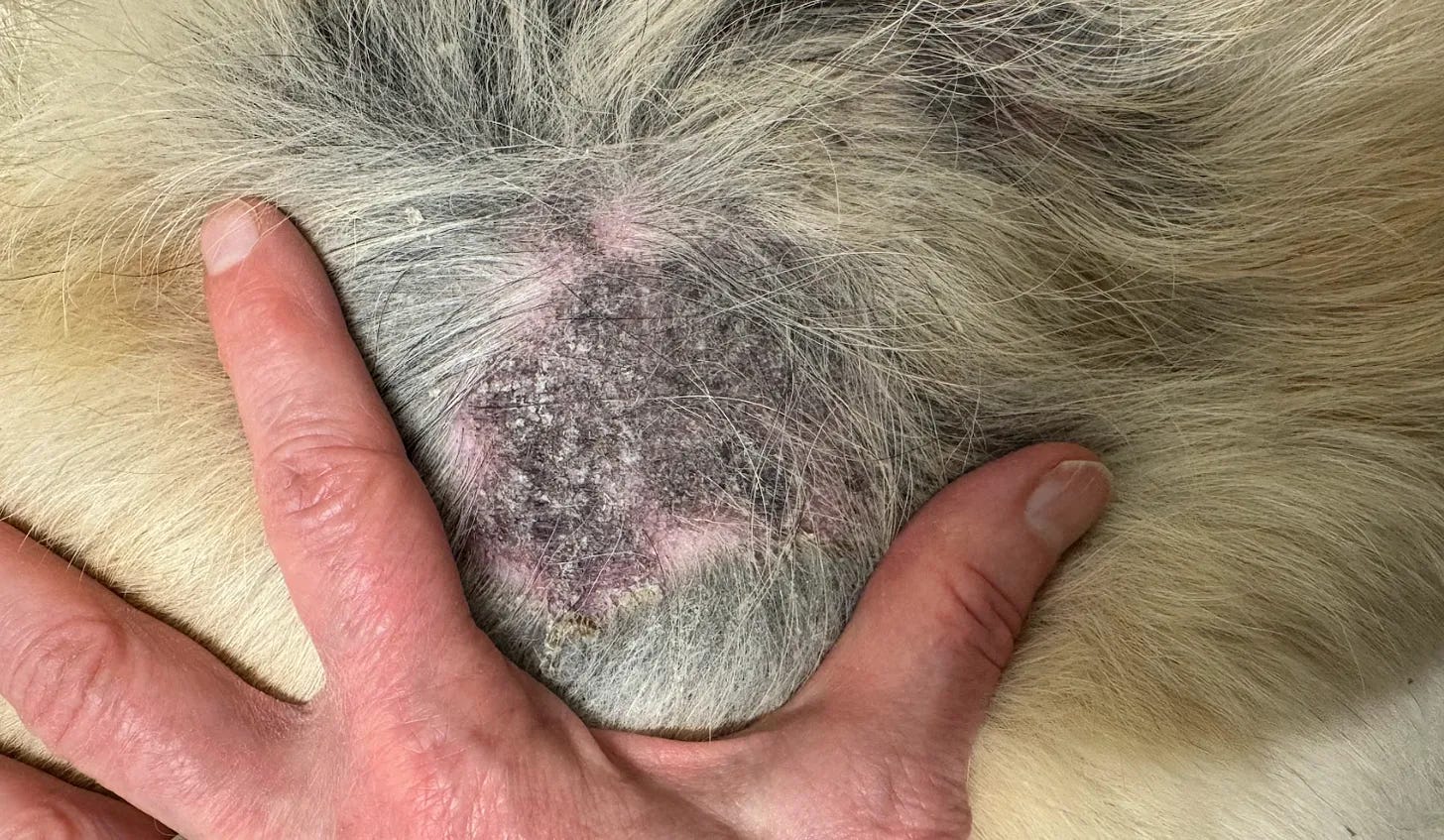If you've ever found yourself endlessly sweeping up tufts of fur from your home, you're not alone. Shedding is a natural process that helps keep your dog, cat, or bunny’s coat healthy. Let’s explore why your furry companion sheds and what you can do to manage it better.
Why Do Pets Shed?
Just like we lose and replace skin cells, our pets shed old or damaged fur to make room for new growth. Dogs, cats, and rabbits all go through shedding cycles, which help regulate their body temperature and maintain a healthy coat. Shedding can depend on the breed and coat type:
Dogs: Breeds with double coats, such as Huskies or German Shepherds, tend to shed more because they have two layers of fur—an undercoat and a topcoat.
Cats: Cats shed to regulate body temperature and keep their coat in top condition. Long-haired cats like Maine Coons will shed more than short-haired breeds.
Bunnies: Rabbits shed as they molt their coats to prepare for seasonal changes, especially during spring and fall
Why Does Shedding Increase at Certain Times?
You may notice more shedding during certain times of the year. Pets naturally shed more in spring and fall as they adjust to temperature changes. In the spring, many pets shed their thick winter coats to prepare for warmer weather. During fall, they shed their lighter summer coat to make room for a warmer, thicker one. This seasonal shedding is a part of their natural body regulation.
Stress and Shedding
Did you know that stress can cause your pet to shed even more? Whether it’s a change in environment, the introduction of a new pet, a trip to the vet, or even loud noises like thunderstorms, stress can trigger extra shedding in cats, dogs, and rabbits. Stress shedding often results in loose fur coming out in clumps, especially after a tense situation.
How Can You Manage and Reduce Shedding?
Although shedding is normal, there are steps you can take to reduce the amount of fur flying around your home. Here are some tips to help:
Brush Regularly: Regular grooming helps to remove loose fur before it gets all over your furniture. For cats and dogs, a slicker brush or de-shedding tool works wonders. For rabbits, a gentle brush designed for their delicate skin can help reduce shedding.
Balanced Diet: A healthy diet plays a huge role in maintaining a shiny, healthy coat. Foods rich in omega-3 fatty acids support coat health and can reduce excessive shedding. Make sure your pet’s food is well-balanced and high in quality. Avoiding preservatives, dyes and chemicals is very helpful.
Hydration: Dehydration can lead to dry skin and excessive shedding. Ensure your pet has access to fresh, clean water at all times.
Bathe, But Not Too Often: Occasional baths can help loosen and remove excess hair. Be sure to use a pet-safe shampoo, and avoid over-bathing, which can dry out their skin. A safe over the counter soap is Castille soap, this is a soap free soap which doesn’t strip oils but bathes gently.
Stress Management: Minimizing stressors in your pet’s environment can help reduce stress-induced shedding. Keep a calm, consistent routine and provide plenty of enrichment to make your pet feel secure.
When Should You Worry?
While shedding is normal, excessive shedding can sometimes indicate an underlying health issue. If you notice bald spots, skin irritation, or drastic changes in your pet’s shedding patterns, it's a good idea to consult your veterinarian. They can rule out any health problems like allergies, parasites, or hormonal imbalances.
By understanding the reasons behind shedding and taking proactive steps to manage it, you and your furry friend can enjoy a cleaner, happier home! Regular grooming, a healthy diet, and attention to stress can go a long way in keeping their coats shiny and your house fur-free.








